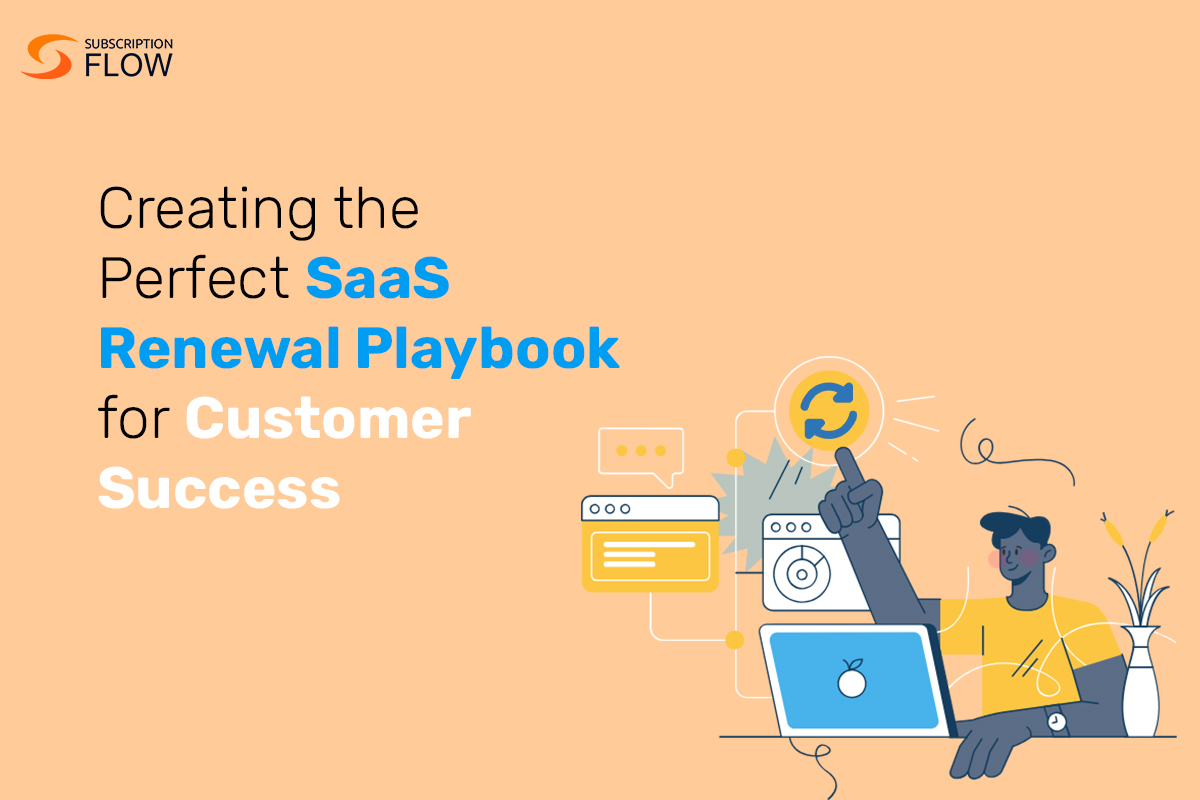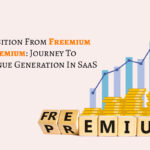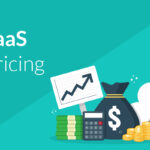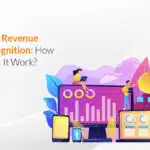
Creating the Perfect SaaS Renewal Playbook for Customer Success
Modern lives are unarguably heavily entangled with a bunch of subscriptions per person. The global subscription market size is expected to grow from 650 Billion USD to a whopping 1500 Billion USD in 2025. This makes subscription fatigue a pressing issue for most SaaS-based subscription service providers.
Most of us have been caught off guard by an auto-renewal at some point in our life, whether it was forgetting to turn off LinkedIn Premium months after starting a new job or letting that rarely-used gym membership auto-renew for another year.
It’s a little irritating, but the low cost of these services makes them easy to overlook, leaving us vulnerable to the dreaded auto-renewal (and possibly an additional payment). While auto-renewals might be a nuisance in our personal life, they are also a problem for businesses, albeit on a much bigger and more expensive scale.
Let’s take a look at how to curate a SaaS renewal playbook to help you create high organic renewals!
What is a SaaS Renewal Playbook & Why is It Important?
Addressing the What
A SaaS (Software as a Service) renewal playbook is a comprehensive guide or strategy document designed to help businesses maximize the retention of their SaaS customers when subscription contracts are up for renewal.
It outlines a systematic approach to ensure that existing customers continue their subscriptions and maintain a positive relationship with the SaaS provider. The primary goal of a SaaS renewal playbook is to increase customer lifetime value, reduce churn, and ultimately drive revenue growth for the SaaS company.
In the playbook, businesses typically find a collection of best practices, tactics, and strategies tailored to the specific needs of the SaaS industry. This can include steps for identifying at-risk customers, personalized engagement strategies, pricing and negotiation guidelines, customer success initiatives, and methods to showcase the value and benefits of the SaaS solution.
The playbook may also address proactive communication with customers well before their contract expires, enabling the SaaS provider to address any concerns or demonstrate new features or upgrades that can entice the customer to renew.
Addressing the Why
The average organisation has 291 software-as-a-service (SaaS) applications on hand. There are a lot of subscriptions and renewal terms to keep track of. Furthermore, each business day, the same organisations face an average of one SaaS application renewal.
But it’s not just the quantity of SaaS that leads to so many organisations overlooking renewal terms. Individual employees and business units now account for 69% of all software purchases owing to the ease of adoption, low acquisition costs, and product-led growth marketing methods that prioritise individuals over IT departments.
By having a well-defined playbook, SaaS companies can streamline their renewal process, enhance customer satisfaction, and drive sustainable business growth in the competitive SaaS landscape.
Decentralised SaaS management results in an unregulated environment with various SaaS solutions operating as shadow IT. Employees buy the same or numerous tools that do the same purpose, and software goes underused or underutilised. Most significantly, you miss out on the opportunity to rightsize licences, save money by deleting or downgrading licences, and take advantage of better contractual conditions at renewal.
Consider using proactive SaaS renewals management playbook solutions to keep track of your ever-growing SaaS inventory.
Read more: A Guide to Understand Customer Success Playbooks-Grow Bottom Line for Your Subscription Business
When Does the Customer Renewal Process Start & How to Ensure Renewal
The renewal process starts the moment a consumer joins up for your product or service. It is a constant and continuing process that spans the entire length of the user experience, from signup through onboarding to enjoying your value proposition.
Let’s take a look at what this looks like during different periods of the customer journey and how to ensure a great customer experience through their customer lifetime to ensure renewal.
Addressing the When
Onboarding Stage:
At the onboarding stage, the consumer has only recently begun using your product with a specific purpose in mind. At this level, success entails understanding the user’s desired business outcomes with your product and assisting them in achieving those results in the lowest amount of time.
A positive onboarding experience builds brand trust and product success. It also influences the conversion rate from free trial to paying customers, which is referred to as the “initial renewal process.”
To achieve customer success at the onboarding stage, you must first understand the difficulties that different users encounter and then address them during the onboarding process. This can be accomplished by segmenting new users and initiating relevant onboarding flows for them.
Ensure that the onboarding flow for each user addresses their requirements and concerns. It should also highlight the essential aspects of your product that will assist customers in reaching their objectives.
Adoption Stage:
Every new consumer should receive immediate and ongoing value from your product. To accomplish so, they must swiftly embrace and study the product’s key features.
The adoption stage’s purpose is simple: product adoption. Users should enjoy the product and the customer experience enough to include it in their toolset. They must determine the worth of the thing in the least amount of time.
You can increase product adoption by removing the barriers that people face when learning about your product. Enhance your primary onboarding and provide value by highlighting supplementary features with tooltips and modals.
For example, you could wish to highlight and promote aspects that are popular among your regular clients to new users.
Retention Stage:
The retention stage is when you check the health of your customers by tracking their behaviour in-app. The product has been embraced by the client at this point. You now want to cultivate that interest and make it last.
It would be beneficial if you additionally searched for ways to help them get even more value out of your product.
Use a customer success platform to gain insight into your consumers’ activities. Are there any features that they don’t use enough? Introduce them to these characteristics. Have you added any new features? Curate new feature announcements that will increase uptake.
Look for possibilities to transform customers into brand champions while you track your customers’ health. Customers who publicly express their support for your company are more likely to remain loyal in the long run.
Expansion Stage:
As customers gain confidence in your product, you reach the expansion stage. This is the time to look for upselling and cross-selling opportunities that will increase client value and revenue.
Customer surveys can help you find suitable customers for these changes. Conduct NPS surveys to find your promoters and the friction spots that cause detractors to be dissatisfied.
Follow up with critics to learn more about the causes of their unhappiness. After that, focus on resolving these concerns. As you do so, you will build long-term customer relationships that will drive retention and growth.
Addressing the How
If you want to retain your customers so they renew your subscriptions, here are a few things to keep in mind throughout their customer journey with you.
A customer-centric approach is essential for SaaS (Software as a Service) renewal as it directly impacts customer satisfaction and retention. By prioritizing customer needs and delivering a seamless experience, SaaS providers can significantly increase renewal rates.
One critical aspect of this approach is decreasing friction in the renewal process. Simplifying contract renewal procedures, offering transparent pricing, and minimizing bureaucratic hurdles make it easy for customers to renew their subscriptions. This reduces frustration and encourages customers to continue using the SaaS platform.
Tracking customer behaviour is vital for SaaS renewal. By analyzing how customers use the software, which features they find most valuable, and where they might be encountering challenges, providers can tailor their renewal strategies.
Understanding usage patterns helps identify opportunities to upsell or cross-sell additional features that align with the customer’s needs. It also enables proactive engagement, such as reaching out to users who haven’t been active to address any issues they might be facing and to highlight the value they can gain from the software.
Feedback implementation is crucial in a SaaS renewals management playbook. Actively seeking customer feedback throughout the subscription period and using it to drive improvements demonstrates a commitment to meeting customer needs.
Addressing customer concerns promptly, fixing bugs, and continuously enhancing the software based on user suggestions not only improves the product but also shows customers that their input matters. This responsiveness creates a positive perception of the SaaS provider and increases the likelihood of renewals.
Excellent customer support is a linchpin in the SaaS renewal process. A robust support system ensures that customers receive prompt assistance when they encounter issues, maximizing their satisfaction and minimizing any disruptions in their workflow.
Going beyond basic support, providers should proactively engage with customers, helping them fully leverage the software’s capabilities. By providing exceptional support and adding value through educational resources, best practices, and personalized assistance, SaaS providers can strengthen their relationships with customers, making renewal a natural decision based on the value received.
Read more: 10 Proven Customer Retention Strategies for Enterprises
Final Word
Thus, a customer-centric approach that focuses on decreasing friction, tracking customer behaviour, implementing feedback, providing top-notch customer support, and continuously adding value is essential for a successful SaaS renewal playbook.
It builds trust, enhances the user experience, and ensures that customers see the ongoing benefits of the SaaS solution, leading to higher renewal rates and sustained business growth.
Book a demo with us to find out how we here at SubscriptionFlow can help you offer customer experiences that increase their chance of renewal.










